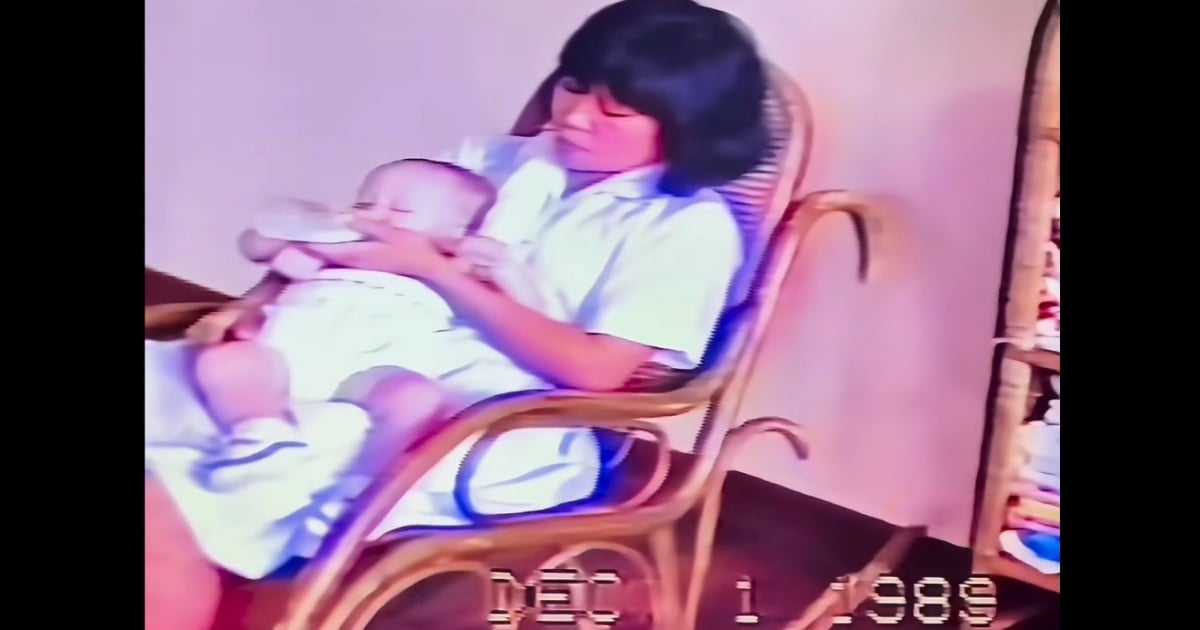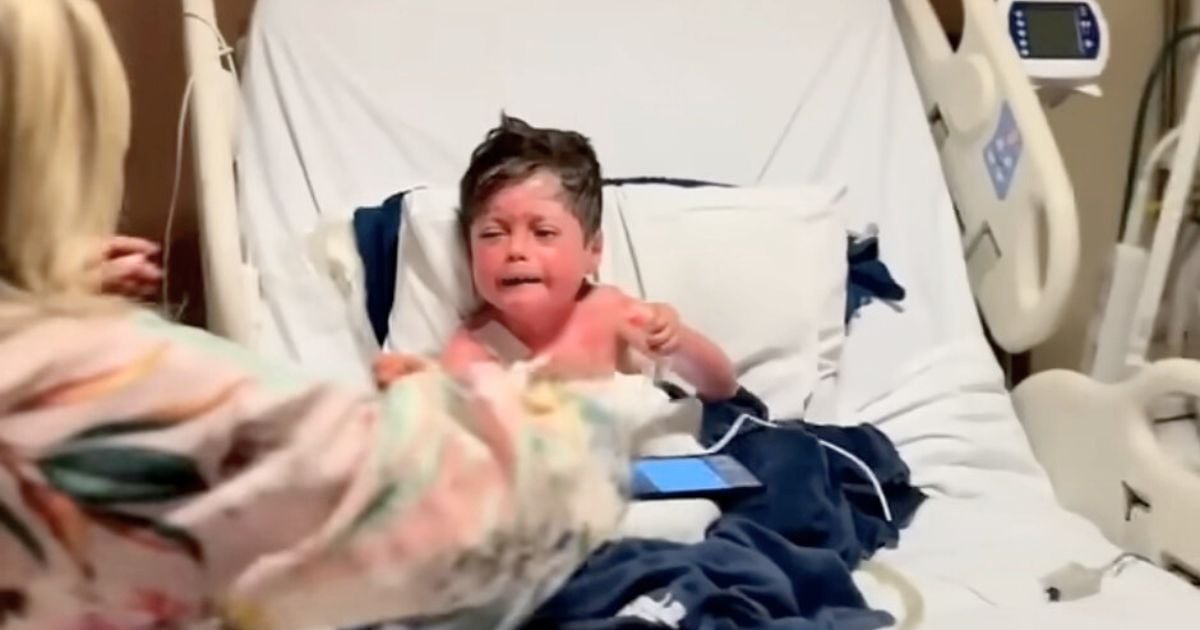The Chinese government has a strong hold over its people and what they are allowed to say, write, photograph, and publicize.
Journalists and photographers have been arrested or “disappeared” in the past, and the latest case of Lu Guang has the world concerned.
Warning: some of the photos below may be graphic for certain audiences.


Lu Guang started taking photos back in 1980 when he was a factory worker in Yongkang County, later taking formal classes in Beijing before becoming a freelance photographer in 1993.
Since then, he has pursued documentary projects all over China and Mongolia, focusing on social, health, and environmental issues that people outside of China often don’t see.
On October 23rd, Guang flew to the Chinese city of Urumqi to attend photography events, with plans to fly to Sichuan to meet a friend and attend a charity event afterwards, but he never made it to his final destination.
His wife Xu Xiaoli claims she hasn’t heard from her husband since November 3rd.


After investigating further, his wife discovered that her husband and his host had been taken away by national security but no one will give her more information.
According to the BBC, “Xinjiang, in far western China, has become notorious for its tight security controls and heavy surveillance and police presence.”
Lu has been recognized for his work with a number of awards in the industry, including multiple World Press Photo awards, the W. Eugene Smith Memorial Fund, and a National Geographic Photography Grant.


This photo was taken in 2002 and shows Qi Guihua, who died two hours after being photographed, being held by her husband after she returned to her village from the Spring Festival celebration in Beijing. It’s part of a series showing that ravages of HIV in Chinese villages, where peasants often sold their blood at very low prices throughout the 1990s and were infected as a result of contaminated needles used in the process.


Zhou Mao was one of the many rural Chinese who sold blood. He sold large amounts three times in order to afford an education for his five children. The money paid for only one semester and the children had to leave school to care for him after his illness left him incapacitated.


This family is also part of his HIV/AIDS activism project and shows just how little families have left once they sell their valuables in order to meet medical expenses.
Lu Guang says that in some villages, up to 40% of people are HIV-positive.
The next photo shows a wife caring for her dying husband. It’s important to note that both negligence and denial by the Chinese government that HIV/AIDS existed made it hard for people to be treated properly.


The next photo shows a 6-year-old victim of the AIDS epidemic as his two sisters prepare for his funeral. This family also lost their parents and grandparents to complications from the disease.


Many rural Chinese children have been orphaned by the HIV/AIDS epidemic, including Gao Rongsheng, who was 13 when he posed for this photo at his parents’ grave in 2001.


Lu Guang won awards for his socially-engaged photos showing the ravages of the HIV/AIDS epidemic, but that’s not where his activism ended.
Here are just a few of his photos documenting working conditions in both China and Mongolia that the West rarely sees.


This photo was taken at a denim factory in the village of Xintang Town, in Guangdong:


And the damage is not limited to adults:




As China’s factories spread around the country discharging unprocessed industrial sewage, exhaust gas, and waste material, the pollution of farmlands, grasslands and drinking water expand as well.
Here are a few of his photos showing the severity of the situation:
















Children living in poverty in China carry anvenormous burden when it comes to disases, birth defects, and malnurishment.
Many of Lu Guang’s photos are hard to look at, but important to see because they represent a reality that would otherwise remain invisible to us.




This child with cerebral palsy has only powdered milk laid out on a mat to nourish him:


There’s often very little people can do to alleviate the suffering of their loved ones, due to lack of resources. Their suffering is palpable in these photographs.


Lu Guang also photographed an oil pipeline explosion on July 16, 2010, in which fishermen were assigned to clean up the roughly 12,000 tons of oil.




One man was carried to safety after being caught up in an oil current. Not everyone was so lucky.


In a video interview, Lu acknowledged that his work is controversial to Chinese authorities:
“In China, it is difficult to report on social issues. This includes many factors, for example the issues that I want to report. They’ve done something wrong and I need to point it out. So they try and stop us from shooting. I always get caught by them when I am taking photos. But usually I can deal with the situation with various tactics.
“Until now, nothing serious has happened to me.”
As of December 6th, there’s no further information about the photographer’s well-being or whereabouts.
Please SHARE this with your friends and family.















